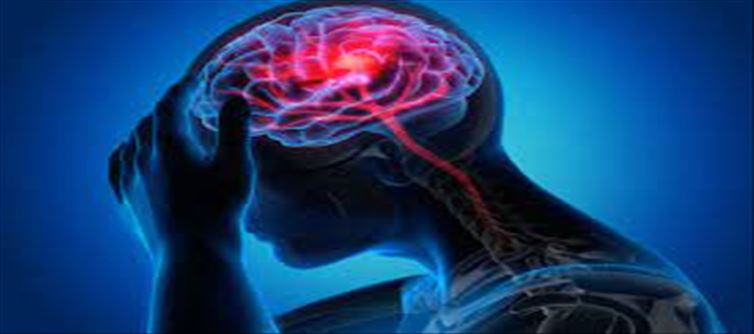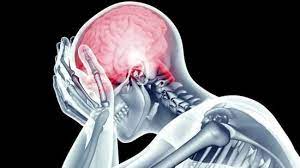
How can I spot the early indicators of a stroke?

It is crucial to recognize the early warning signs and symptoms of a stroke and to respond quickly since, in the case of an ischemic stroke in particular, even a minute's delay can result in the death and destruction of hundreds or even millions of neurons in the brain. What can we do, then, to identify the early warning signals of a stroke?

Dr. sonia Lal Gupta, Senior Neurologist and director at Metro Group stated in an interview with HT that the first easy formula we can use is this aqua term called FAST. The letter "F" stands for clustering of the face on one side or abrupt numbness, making it simple to remember the symptoms of a stroke. The letter "A" represents for arm weakness, which appears out of the blue and is reported by the patient. "S" stands for speech difficulties, which is defined as an abrupt inability to speak clearly, difficulty understanding what he is saying, or slurred speech. Time is represented by the letter "T," since we lose hundreds and hundreds of neurons every second. Arriving at the hospital as soon as possible is crucial.
She gave advice along these lines: "Maintain a healthy lifestyle, including eating a balanced diet, getting regular exercise at least four times a week, managing stress better, quitting smoking, and managing diseases like diabetes and high blood pressure, to help decrease your risk of stroke." Many times, people choose to overlook high blood pressure and diabetes in favor of taking other, more readily available medications. However, these chronic, life-threatening illnesses can exacerbate a person's condition and increase their risk of stroke or heart attack.
It's critical that you visit your doctor on a frequent basis to ensure that you are taking the recommended medications and making the proper dietary choices to help control this. Please keep in mind that when it comes to stroke treatment, every minute matters. If you get to the hospital in time, you can get a CT scan, which can help determine whether you have a haemorrhagic stroke, in which brain arteries bleed, or an ischemic stroke, in which brain arteries are blocked by a clot. Steps can be taken depending on the type of stroke treatment, such as using clot-breaking drugs (if someone arrives within four and a half hours to remove the clot) or treating a hemorrhagic stroke (based on the location and extent of the bleed).




 click and follow Indiaherald WhatsApp channel
click and follow Indiaherald WhatsApp channel